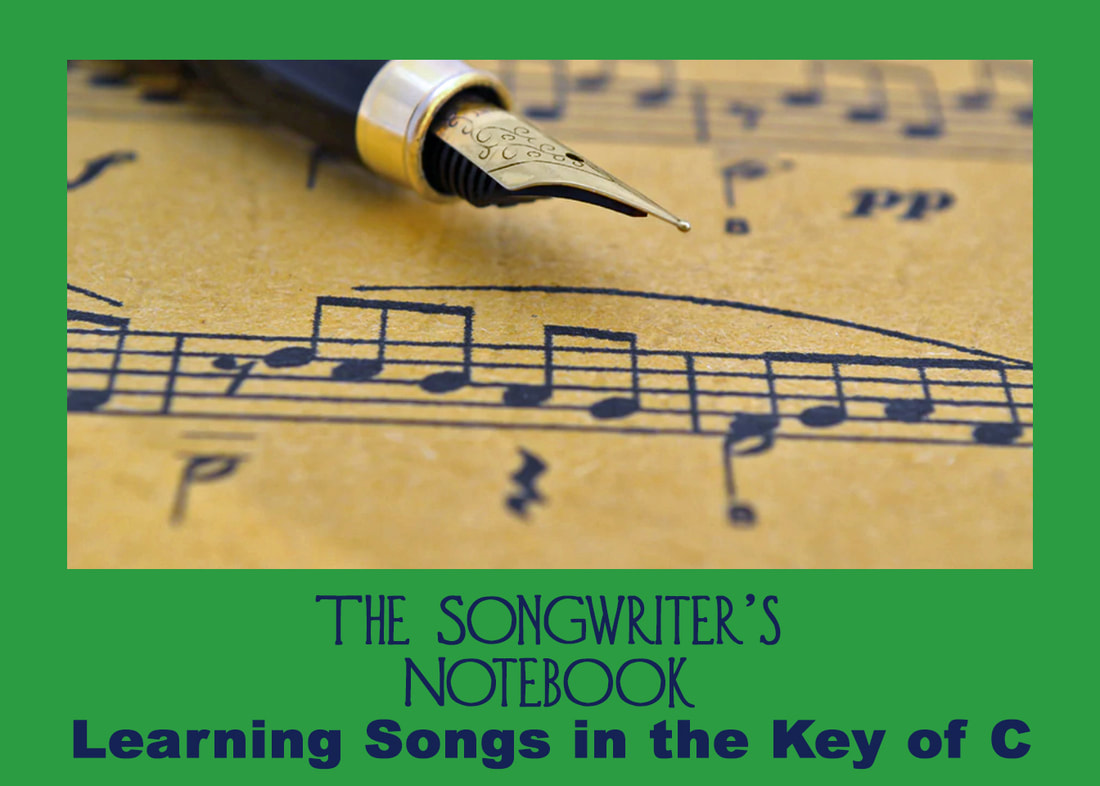Irving Berlin, who couldn’t read music, wrote most of his songs in the key of F# major. He considered the key of C the preferred key for classically trained composers.
By now, I hope you know several hundred songs and that you can play/perform them in several different keys.
I’m going to suggest that you know all of them additionally in the key of C major. If they are minor, use A minor, the relative minor of C major.
Why?
And why the key of C?
The key of C is perfect for this exercise because it has no accidentals – any that are added will clearly take the song in a new direction.
The idea is not to learn songs in the key of C for performance.
It’s for analysis and understanding in a common key.
Think of the key of C as the Rosetta Stone for understanding the elments and of songwriting
Once you learn every song in C, you will immediately start to see similarities from song to song that you might not have noticed before.
This is important especially when learning standards and tunes from the Real Book.
When songs modulate, you will start thinking not in keys but in intervals.
For example, “The Way You Look Tonight” starts in D and modulates to F. If you learn it in C, you’ll start to think that it’s I going to a flat iii.
You’ll become more adept in thinking in numerals as well as in the first seven letters of the alphabet when you visualize songs.
These common structures will be building blocks in the songs YOU write so it pays to master them all in one central key and then move them around to where the song dictates.
By now, I hope you know several hundred songs and that you can play/perform them in several different keys.
I’m going to suggest that you know all of them additionally in the key of C major. If they are minor, use A minor, the relative minor of C major.
Why?
And why the key of C?
The key of C is perfect for this exercise because it has no accidentals – any that are added will clearly take the song in a new direction.
The idea is not to learn songs in the key of C for performance.
It’s for analysis and understanding in a common key.
Think of the key of C as the Rosetta Stone for understanding the elments and of songwriting
Once you learn every song in C, you will immediately start to see similarities from song to song that you might not have noticed before.
This is important especially when learning standards and tunes from the Real Book.
When songs modulate, you will start thinking not in keys but in intervals.
For example, “The Way You Look Tonight” starts in D and modulates to F. If you learn it in C, you’ll start to think that it’s I going to a flat iii.
You’ll become more adept in thinking in numerals as well as in the first seven letters of the alphabet when you visualize songs.
These common structures will be building blocks in the songs YOU write so it pays to master them all in one central key and then move them around to where the song dictates.

 RSS Feed
RSS Feed